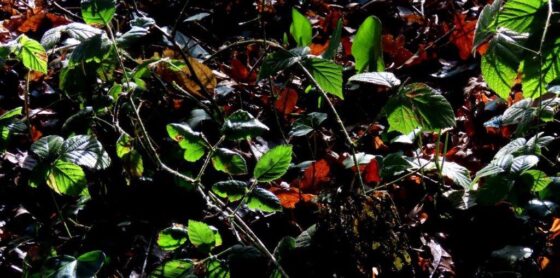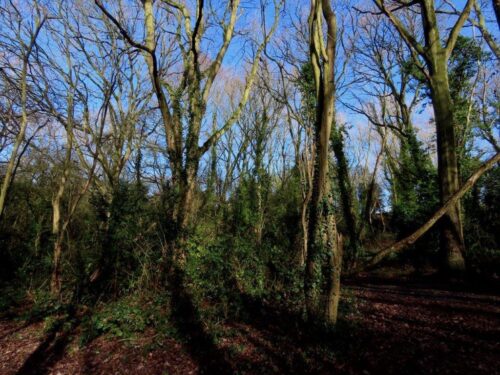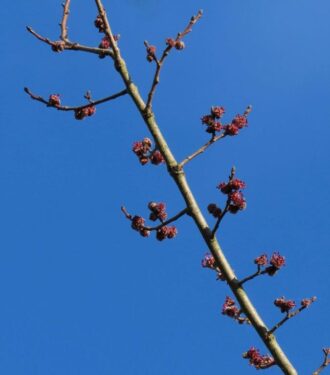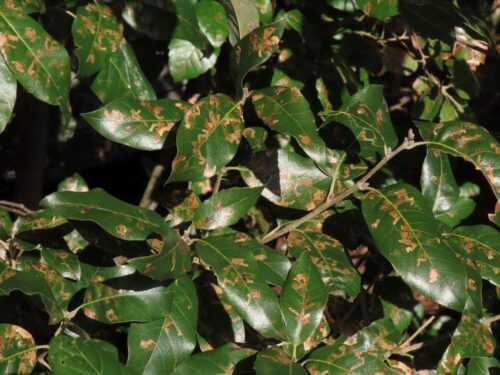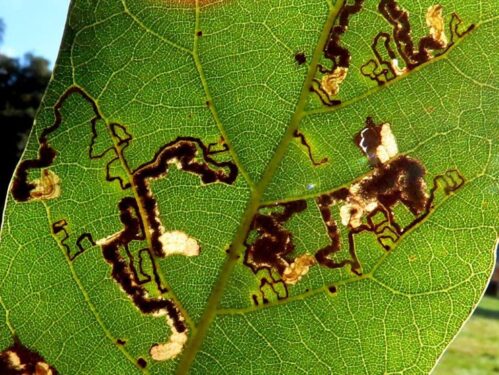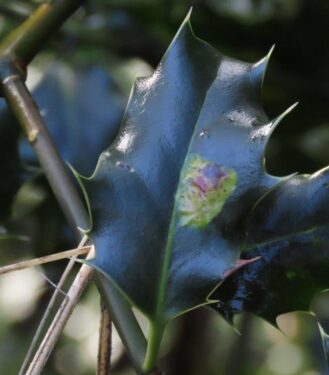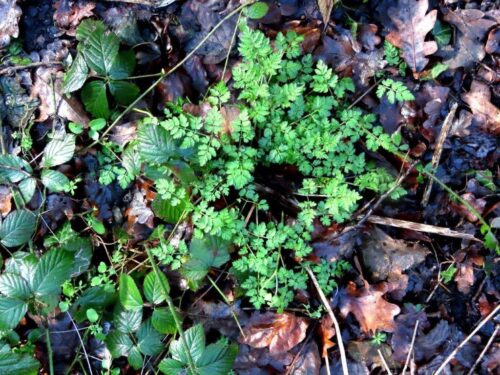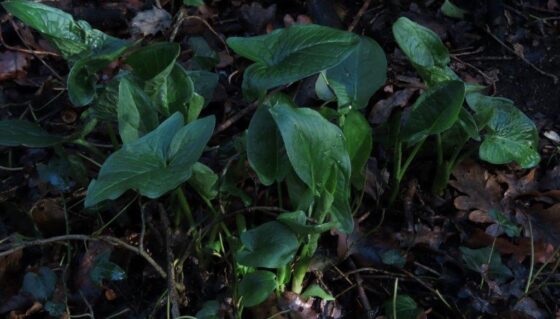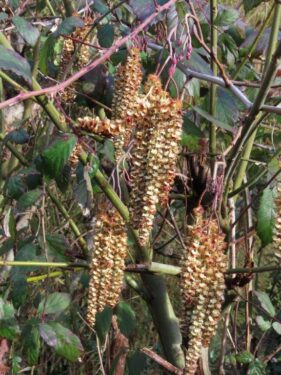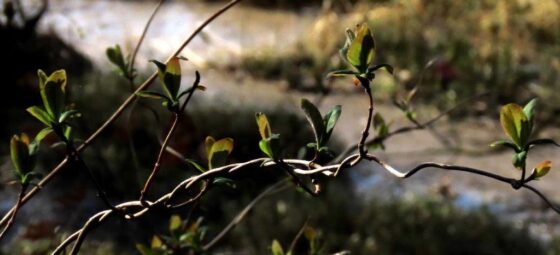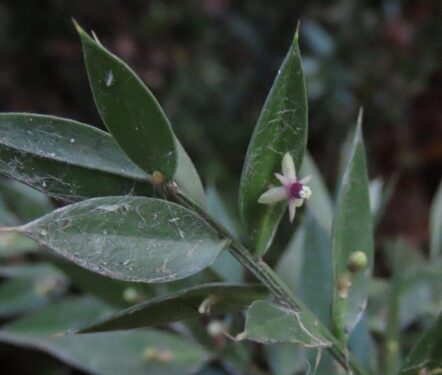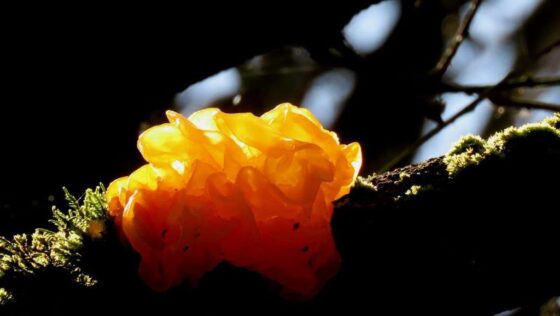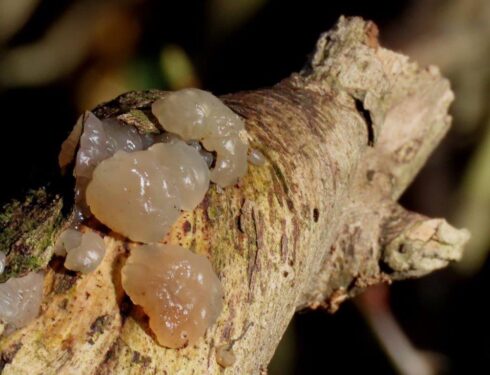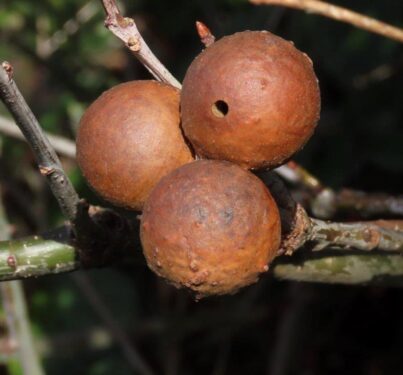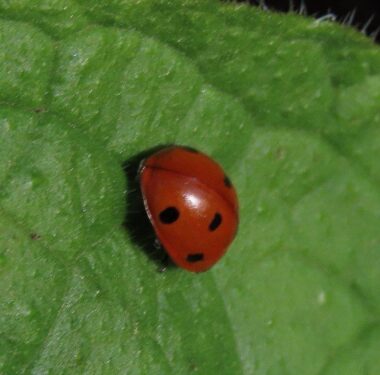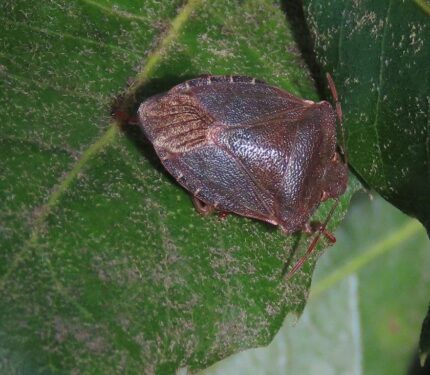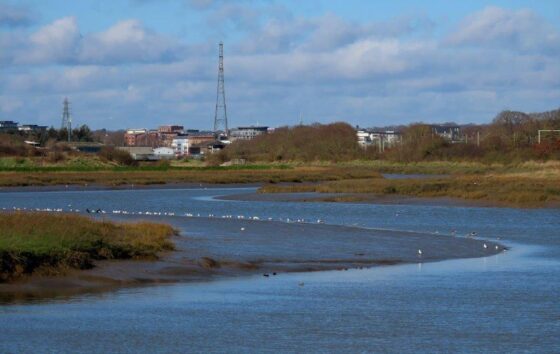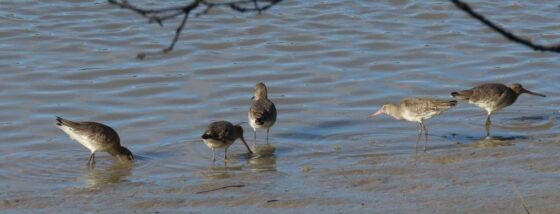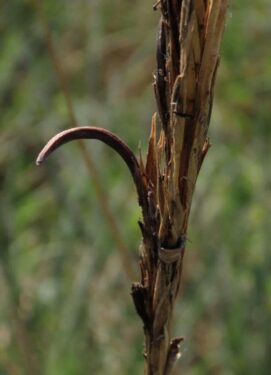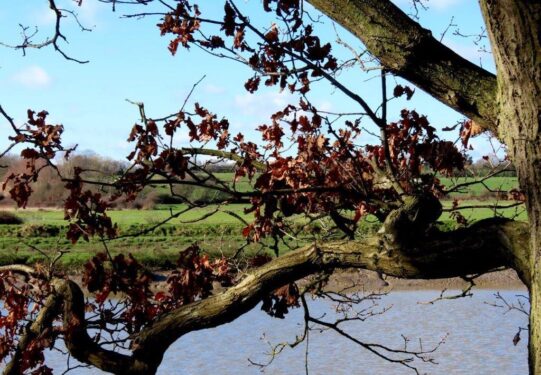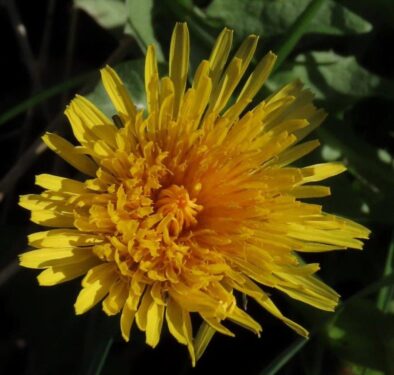The first WildEssex walk of the year, to our lovely Wivenhoe Woods, was in just the perfect weather – sunshine and little wind, but the legacy of the previous wet days and weeks was evident with the squelchy woodland floor (though we avoided the quagmire areas so as not to lose any of our boots!). Our revised route was not quite what we had envisaged, but we still managed to discover some stories about the ecology and history of the place.
First we criss-crossed the King George’s Field, to look at some of the specimen species, relics of when that area was the park of Wivenhoe Hall. The Cedar of Lebanon, such a statuesque tree, was providing shelter for some tinkling Goldcrests which we were able to admire as they flitted in and out. Other woodland birds heard throughout the two hours included vociferous Robins and Dunnocks, Great Tits (teacher, teacher!) as well as Carrion Crows and the ubiquitous Woodpigeons.
We looked at some of the more usual tree species including Elms: those found in this area always only small, as when they achieve a certain size the beetle which spreads the pathogen which causes Dutch Elm disease can move in. The trees die off, but new ones begin to grow from the roots in their place, thus full-size trees never get the chance to grow. A shame, but something we have got used to in the English countryside now.
Other trees of note on the KGV include Holm Oaks, and we especially noticed their leaves, where evidence of leaf miners was very apparent. The minute caterpillar of a particular tiny moth lives in between the layers of the leaf, each creature creating a squiggle that represents almost the whole life of these tiny creatures – the adults fly only for a few hours. The chambers so created fill up with ‘frass’ (poo to you and me) – guess it has to go somewhere!
Then on the leaves of Holly, a similar phenomenon, but in this case the blotch mines of a Holly Leaf-miner Fly:
Once in the wood itself we could see among the leaf litter plants beginning to sprout through, including the spring greens of Cow Parsley; unfurling Wild Arum (a plant with many vernacular names, most referring to male/female ‘parts’, for example Cuckoo Pint, Lords-and-ladies, Jack-in-the-Pulpit); dangly catkins of Alder; and the new shoots of Honeysuckle, always a harbinger of Spring.
Butchers’ Broom is quite a special plant – not only for how it looks (the flowers grow out of middle of the leaves) but also for the mystery of how it manages to get pollinated and to spread: it seems to have lost its pollinators and dispersers in the mists of time since it first evolved…
In a damp woodland you would hope to find fungi and we were not disappointed with a couple of types of Jelly Fungus including a wonderful Yellow Brain Fungus.
In a similar way to leaf mines, ‘galls’ show evidence often of insect activity. These are ‘damage limitation’ structures, when a part of a tree (be it leaf, twig, fruit, bud etc) have a small creature (could be a small wasp, fly or mite) lay their eggs in it. The tree creates a unique-looking growth which is how the insects are identified (they are much too small to notice with the naked eye!). Oak trees are particularly good places to look for galls (over 50 types can be found), and we were impressed by these Marble Galls, clearly showing the exit hole of the wasp when fully mature.
As to actual insects, we found none of note, but on the recce yesterday Chris did find this 7-spot Ladybird and a Green Shieldbug in its winter coloration. Presumably this colour-way would be good camouflage against brown leaf-litter but it showed up rather well against a green leaf. As the season progresses it will change colour to a much brighter green and become much harder to spot!
We wandered down towards the estuary for a bit of bird-watching and were rewarded with Black-tailed Godwits, Oystercatchers and Teals. Some of these birds will be resident and others visiting from much colder climes.
Plants on the salt-marsh included the Cord Grass and that too had a growth on it – the Ergot Fungus. Harmless growing here ( we don’t eat Cord Grass), it can be devastating when it grows unchecked on food crops, causing madness or death.
Another new word for the day was ‘marcescence’, the phenomenon whereby leaves are retained on a tree after they have died and are no longer functional. No known reason for it, but very distinct in a few of the Oaks and Sweet Chestnuts along this part of the Wivenhoe Trail.
Then a final flourish of colour in the Station car park ( thankfully unsprayed as yet, though guess it won’t be long….): a beautiful Dandelion and a vital source of sustenance for a passing early bee.
